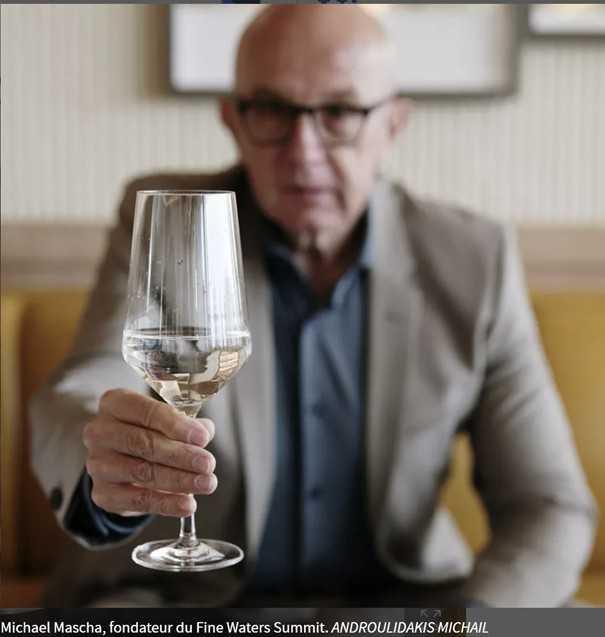Waters from Glaciers, Icebergs, or Volcanic Springs Are Making Their Way into Fine Dining Served like wines, they now have dedicated menus and specialized sommeliers.
Stemmed glasses, technical vocabulary, a panel of prestigious judges… At first glance, the scene resembles a wine tasting. But here, there are no grape varieties or wine colors: what’s being tasted is water. It comes from ancient glaciers, Arctic icebergs, or volcanic craters—and some bottles now sell for over $150 each. From April 25 to 27, the FineWaters Summit brought together players from this booming market in Atlanta for a competition featuring over 1,100 bottles from 35 countries, with participants willing to spend an average of $850 to attend.
Among the stars of the event: Fromin, a water sourced from a 15,000-year-old glacier and infused with gold flakes, and Svalbarði, harvested from icebergs north of the Arctic Circle. These waters are presented using codes borrowed from champagne and fine wines: elegant bottles, cork stoppers, meticulously designed labels.
“When I go to a party, I bring a bottle of Svalbarði and tell people: this is 4,000-year-old water. It’s rain that fell 4,000 years ago. Suddenly, no one is talking about the 50-year-old bottle of Burgundy anymore,” says Michael Macha, founder of the FineWaters Summit.

